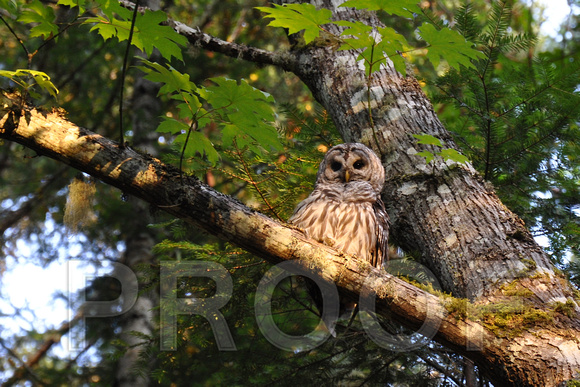While the weather has been less than cooperative so far this month and the whales have been a bit too far from San Juan Island, we have taken advantage of some breaks in the rain and wind to enjoy the continuing spring arrivals and the first wildflowers of the season.
At Three Meadows Marsh we heard more birds than we were able to photograph (the marsh wren remains elusive, as does the Virginia rail which has always been the case - but so many friends have managed to photograph one this year that I've been hopeful!), but I did get a nicer shot of a yellow-rumped warbler.
 |
| Yellow-rumped warbler |
I also was able to photograph my first tree swallow of the year. One cool aspect of the photo year list challenge is it gets me to attempt to take bird photos at times and of species I otherwise wouldn't even try. Swallows in flight? Yeah, right! But this year, this is my third swallow species I've photographed in flight, despite the challenges!
 |
| Tree swallow - photo year bird #137 |
The other highlight was finding a pair of bushtits actively building a nest out of lichen! I've seen bushtit nests twice before, and all three times they've been built out of predominantly the same type of lichen. After staying still for a while, they were bold enough to continue working on the nest while we watched.
On the home front the feeders are more active than ever. I suspected the large winter flock of purple finches might have split up by now for the mating season, as the juncos seem to have done, but not so. They're still around in great numbers:
Meanwhile the woodpeckers are becoming more used our presence, leading to some fantastic photo opportunities!
 |
| Hairy woodpecker |
 |
| Northern flicker |
And every so often a new species turns out, like our first of the year American goldfinches a few days ago:
 |
| American goldfinch - photo year bird #138 |
Another surprise was a slate-colored junco! Considered part of the same dark-eyed junco species a our typical Oregon morph, the slate-colored is usually seen well east of here. Or perhaps it's a Cassiar morph? I didn't even know that was a thing until looking up the range of the slate-colored, and it's apparently somewhat of an intermediate between the slate-colored and Oregon morph, too subtle for me to really be able to tell where this one falls.
Yesterday I came across a birding hot spot at along an unlikely road near home. I pulled over to check out the swallows and ended up spending nearly an hour there and seeing/hearing more than 25 species, including killdeer, mew gulls, California quail, Canada geese, red-winged blackbirds, and three swallow species. I added a couple more to the year list, though my second attempt at photographing a northern rough-winged swallow this year failed again.
 |
| Savannah sparrow - photo year bird #139 |
 |
| Barn swallow - photo year bird #140 |
Today we headed out for a morning hike up Mt. Young. I thought it might be a bit too early for some of the common spring birds I find there, as well as for the wildflowers. Turns out I was wrong on both accounts! I was thrilled to hear the singing Cassin's vireos, Townsend's warblers, and Pacific-slope flycatchers, though less than thrilled with my attempts to photograph them among the dense foliage. The vireo and warbler are two species I don't think I've even photographed before, as they tend to stay deep in the branches or high in the treetops. Hopefully I'll have a chance to improve upon these shots later this season, which are both blurry.
 |
| Cassin's vireo - photo year bird #141 |
 |
| Townsend's warbler - photo year bird #142 |
I'm already surprisingly close to my goal of 150 species photographed this year, figuring I would probably be able to photograph about 75% of the birds I identified and going off my usual goal of 200 bird species a year. Right now I'm at 142 photographed out of 154 on my traditional year list, for a much better 92% thus far.
The flowers proved much easier to photograph, and many of my early favorites were in bloom!
 |
| Fawn lily, also appropriately named Easter lily |
 |
| Calypso orchid, aka fairyslipper |
 |
| A yellow monkey-flower species, always found on the same little hill each year |
 |
| Shooting star on the Mt. Young summit |

























